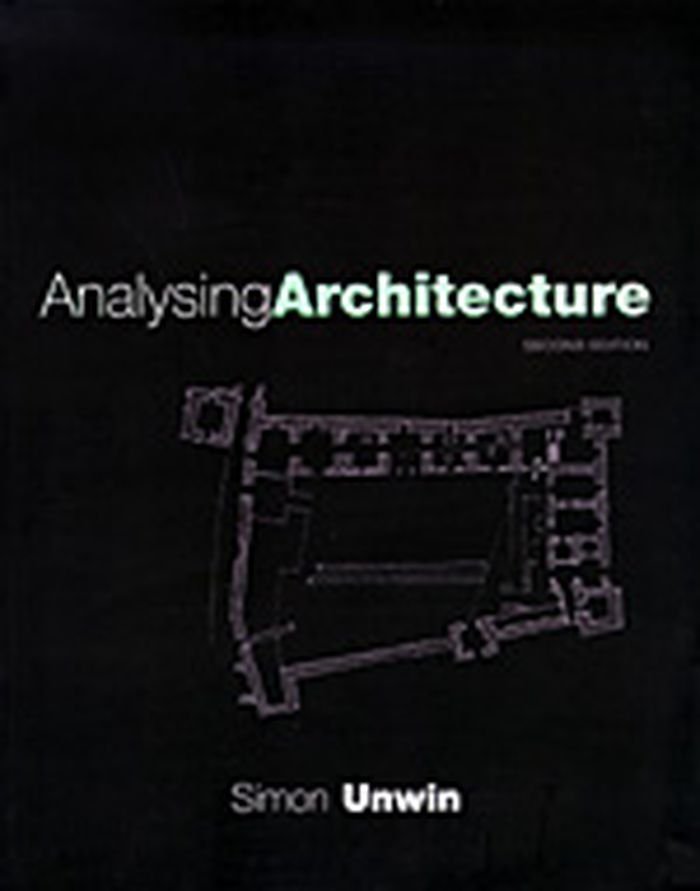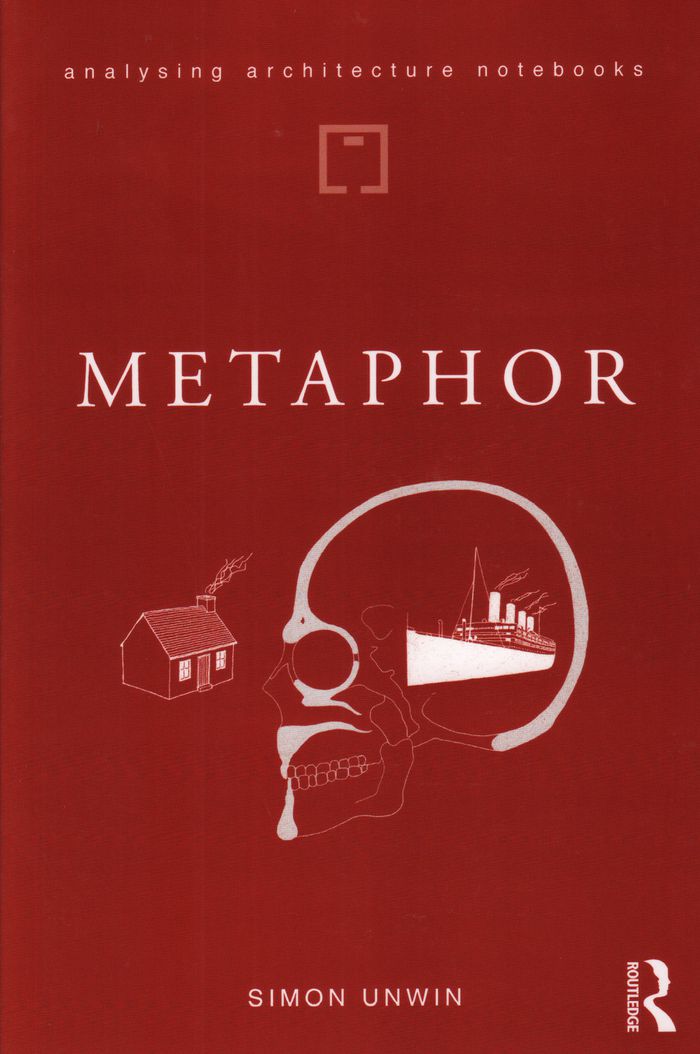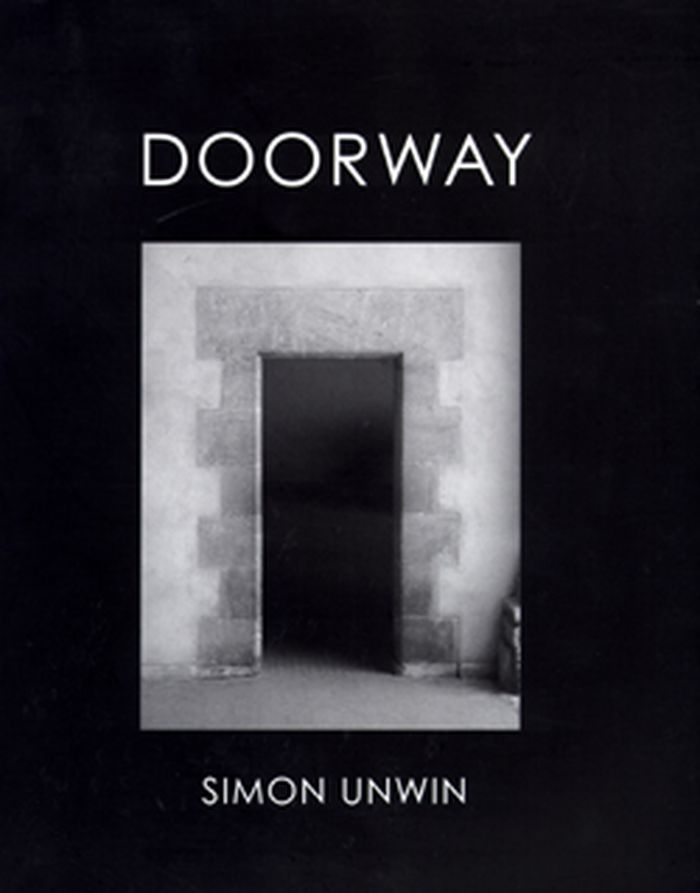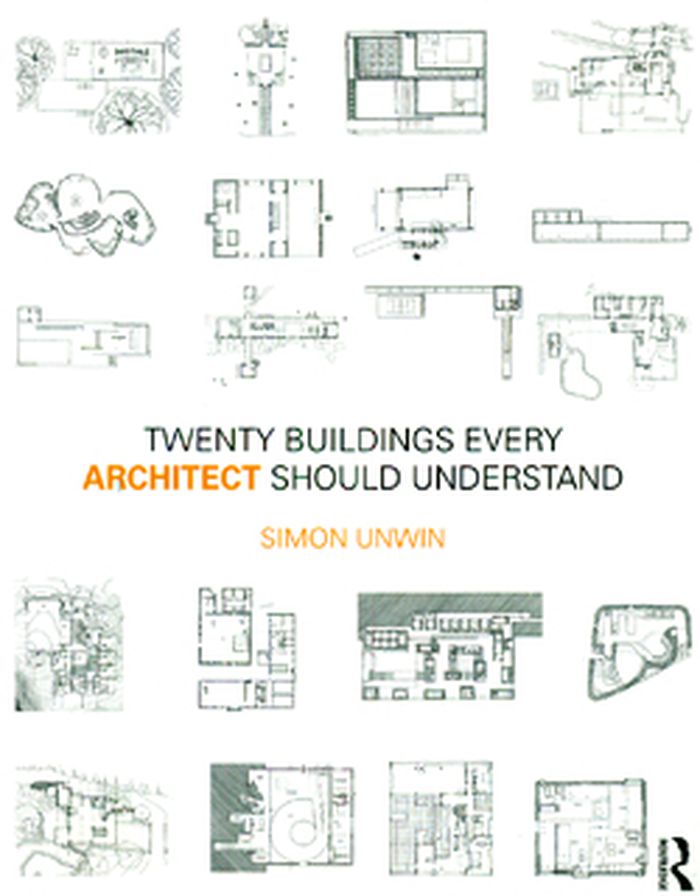$53.95
(available to order)
Summary:
"Analysing architecture" offers a unique 'notebook' of architectural strategies to present an engaging introduction to elements and concepts in architectural design. Illustrated throughout with the author's original drawings, examples are drawn from across architectural history - from prehistoric primitive places, to temples, cottages and late twentieth century(...)
December 2003, London / New York
Analysing architecture - second edition
Actions:
Price:
$53.95
(available to order)
Summary:
"Analysing architecture" offers a unique 'notebook' of architectural strategies to present an engaging introduction to elements and concepts in architectural design. Illustrated throughout with the author's original drawings, examples are drawn from across architectural history - from prehistoric primitive places, to temples, cottages and late twentieth century structures - to illustrate a number of themes and to show how drawing can be used as an analytical tool. Clearly identifying the key elements of architecture, conceptual themes apparent in buildings, and describing ideas for use in the active process of design, the book takes the form of, and encourages the use of, a 'notebook' of architectural strategies. Unwin explores the underlying patterns of architecture to reveal the organizational strategies which lie beneath the superficial appearances of buildings.
$55.90
(available to order)
Summary:
Even the most inventive and revolutionary architects of today owe debts to the past, often to the distant past when architecture really was being invented for the first time. Architects depend on their own imaginations for personal insights and originality but their ideas may be stimulated (consciously or subliminally) by particularly powerful buildings from history. "The(...)
The ten most influential buildings in history: Architecture's archetypes
Actions:
Price:
$55.90
(available to order)
Summary:
Even the most inventive and revolutionary architects of today owe debts to the past, often to the distant past when architecture really was being invented for the first time. Architects depend on their own imaginations for personal insights and originality but their ideas may be stimulated (consciously or subliminally) by particularly powerful buildings from history. "The Ten Most Influential Buildings in History: Architecture’s Archetypes" identifies ten architectural archetypes that have been sources of inspiration for architects through the centuries. Each archetype is analysed through distinctive examples, following the methodology established by the author in his previous books. The variety of 'lines of enquiry’ each archetype has provoked in latter-day architects are then explored by analysing their work to reveal ideas inspired by those earlier buildings. Archetypes have a timeless relevance. In adopting this approach, The Ten Most Influential Buildings in History is as pertinent to contemporary practice as it is to understanding buildings from antiquity, and offers insights into the bridges of influence that can operate between the two.
Architectural Theory
$38.95
(available to order)
Summary:
Curve is a divisive issue in architecture. Some see curves as expensive and decadent; others as an expression of transcendence - a way that the human mind can express its freedom from quotidian constraints. Yet others use curves to emulate some of the most beautiful forms in nature. This Notebook considers the various authorities to which architects look for the(...)
Curve: possibilities and problems with deviating from the straight in architecture
Actions:
Price:
$38.95
(available to order)
Summary:
Curve is a divisive issue in architecture. Some see curves as expensive and decadent; others as an expression of transcendence - a way that the human mind can express its freedom from quotidian constraints. Yet others use curves to emulate some of the most beautiful forms in nature. This Notebook considers the various authorities to which architects look for the generation of their curves. It also considers the aspirations curves manifest in architectural form. Each of these ''Analysing Architecture Notebooks'' is devoted to a particular theme in understanding the rich and varied workings of architecture.
Architectural Theory
$34.50
(available to order)
Summary:
The book offers twelve exercises, each divided into a short series of tasks aimed at developing a particular theme or area of architectural capacity. The exercises deal with themes such as place-making, learning through drawing, framing, light, , uses of geometry, stage setting, eliciting emotional responses, the genetics of detail and so forth.
Exercises in Architecture: learning to think as an architect
Actions:
Price:
$34.50
(available to order)
Summary:
The book offers twelve exercises, each divided into a short series of tasks aimed at developing a particular theme or area of architectural capacity. The exercises deal with themes such as place-making, learning through drawing, framing, light, , uses of geometry, stage setting, eliciting emotional responses, the genetics of detail and so forth.
$64.95
(available in store)
Summary:
''Metaphor'' is the most powerful component of the poetry of architecture. It has been a significant factor in architecture since the earliest periods of human history, when people were finding ways to give order and meaning to the world in which we live. It is arguable that architecture began with the realisation of metaphor in physical form, and that subsequent(...)
Metaphor: an exploration of the metaphorical dimensions and potential of architecture
Actions:
Price:
$64.95
(available in store)
Summary:
''Metaphor'' is the most powerful component of the poetry of architecture. It has been a significant factor in architecture since the earliest periods of human history, when people were finding ways to give order and meaning to the world in which we live. It is arguable that architecture began with the realisation of metaphor in physical form, and that subsequent movements - from Greek to Gothic, Renaissance to Modern, Victorian to Vernacular - have all been driven by the emergence or rediscovery of different metaphors by which architecture might be generated. Each of these ''Analysing Architecture Notebooks'' is devoted to a particular theme in understanding the rich and varied workings of architecture.
Architectural Theory
$47.50
(available to order)
Summary:
With this third architectural/typological monograph, Professor Simon Unwin has completed what is effectively a trilogy. The first two works were Analysing Architecture and An Architectural Notebook: Wall. Both these works were essentially designed to reach as wide a readership as possible, with an emphasis on student readership but addressing a broad constituency of(...)
Doorway
Actions:
Price:
$47.50
(available to order)
Summary:
With this third architectural/typological monograph, Professor Simon Unwin has completed what is effectively a trilogy. The first two works were Analysing Architecture and An Architectural Notebook: Wall. Both these works were essentially designed to reach as wide a readership as possible, with an emphasis on student readership but addressing a broad constituency of professional and lay interest. Indeed, they combine to represent together a long overdue tool to understanding, in an ever more confusing world, the key elements of the art and science of architecture.
Architectural Theory
$34.50
(available to order)
Summary:
Have you ever wondered how the ideas behind the world’s greatest architectural designs came about? What process does an architect go through to design buildings which become world-renowned for their excellence? This book reveals the secrets behind these buildings. He asks you to ‘read’ the building and understand its starting point by analysing its final form. Through(...)
Twenty buildings every architect should understand
Actions:
Price:
$34.50
(available to order)
Summary:
Have you ever wondered how the ideas behind the world’s greatest architectural designs came about? What process does an architect go through to design buildings which become world-renowned for their excellence? This book reveals the secrets behind these buildings. He asks you to ‘read’ the building and understand its starting point by analysing its final form. Through the gradual revelations made by an understanding of the thinking behind the form, you learn a unique methodology which can be used every time you look at any building.






